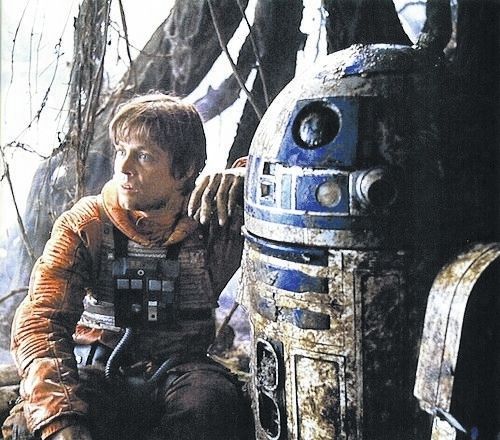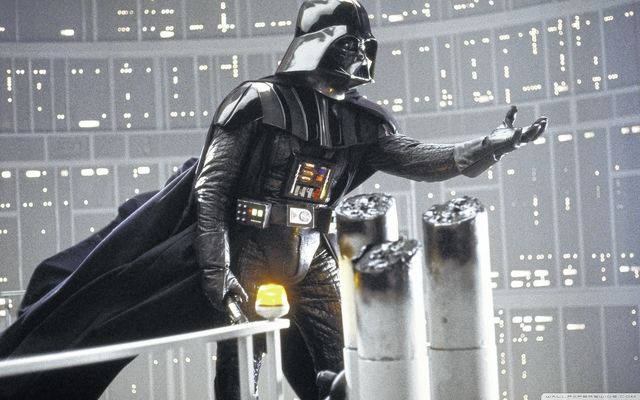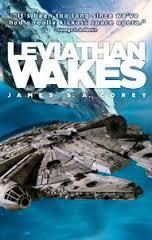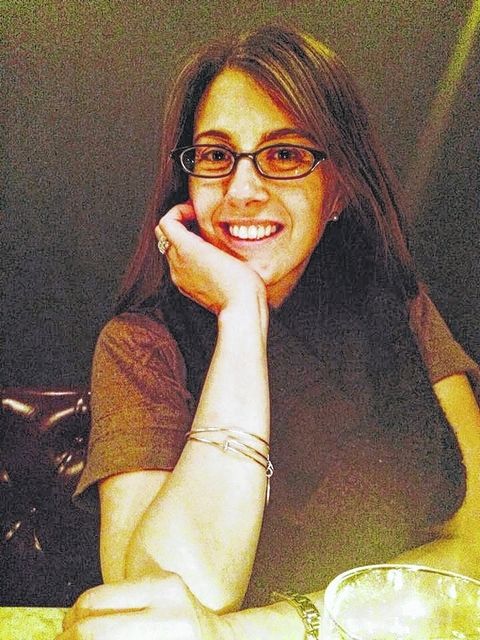Click here to subscribe today or Login.
Mythologist Joseph Campbell wrote “The Hero With a Thousand Faces,” a text on comparative mythology that examined the similarities among classic hero stories. The book detailed frequently used plots and characters throughout the history of epic tales. Star Wars creator George Lucas acknowledged appreciation for Campbell’s work and his influence on the development of screenplays, but the extent to which Lucas used Campbell’s mythological structures for Star Wars is the basis of an ongoing conversation.
Produced by Prometheus Entertainment a documentary called “Star Wars: The Legacy Revealed” showcased journalists, entertainers, filmmakers and scholars who gathered to discuss their affinity for “Star Wars” as a great American myth and the series’ parallels to history, religion, literature and mythology.
John Lyden, who contributed to the documentary, and Chad Stanley, a professor of literature at Wilkes University reacted to the documentary as an exploration of how Star Wars has become such a celebrated tale.
Lyden, a current professor of philosophy and religion at Grand View University in Iowa, is the co-chair of the Religion, Film and Visual Culture Group of the American Academy of Religion. He said Lucas drew from a number of religious traditions in “Star Wars.” The moment where Luke Skywalker lays down his weapon and sacrifices himself to bring his father, Darth Vader, back from the dark side he said was a Christian redemptive moment.
“The Force is this impersonal concept that lurks in back of everything, and there’s a lot of talk about balance in The Force,” Lyden said. “It seems to be a sort of Daoistic idea, that there’s some kind of force governing the universe and we need to find harmony with it.”
“Where I see the Eastern religious influence is in the idea that when Luke is being taught by Yoda, he’s taught not to fight with anger, fear, hatred, aggression,” Lyden continued. “This is the teaching that comes directly out of Hinduism, in the Bhagavad Gita. This is what Arjuna is told when he’s about to go into the battle in the Mahabharata.”
Tom Brokaw, Stephen Colbert and Peter Jackson contributed to “Star Wars: The Legacy Revealed” along with members of the academic community.
America in 1977 was turbulent. The brutality of the Vietnam War and the Nixon administration’s failure left Americans with a bitter taste. To some, “Star Wars” was a welcome affirmation of morality.
“America had become unhinged … the culture in this country had been turned upside down,” said Tom Brokaw in the documentary.
“The country was desperately groping for real change. “Star Wars” came along and it revalidated a core mythology, that there is good and evil, that evil has to be defeated,” added Newt Gingrich.
Yoda, Obi-Wan Kenobi and Qui-Gon Jinn took on roles of teachers and wise men. They assist Anakan and Luke throughout their quests.
“Everybody wants a mentor, and we got to adopt Obi-Wan as our mentor, and this is a dream for a boy that they could find someone who they could trust and who would tell them what it is they will do with their life,” said Stephen Colbert in the documentary.
Stanley wrote his dissertation on Cold War fictions about nuclear war, which encompass both science fiction and military fiction. He is an authority on literary criticism and has taught courses on science fiction and horror.
“In Star Wars you have the slightly mature but slightly immature hero who’s the good guy … and there’s the absent father, the false or surrogate father, and it’s very much an American frontier tale.” Stanley said. “And then you’ve got the damsel in distress, Princess Leia, and her consorts. C-3PO is kind of the lady in waiting.”
Stanley said “Star Wars” has a lot of mythological underpinnings and connections but became its own mythology.
“I think in the Reagan era, he adopted or appropriated Star Wars as his own Cold War mythology,” Stanley said. “The U.S.S.R. was the ‘Evil Empire,’ and he’s invoking Star Wars when he says that. His missile defense system is called ‘Star Wars,’ and it was marketed in this high-tech, sci-fi, laser-beams-in-space way.”
Stanely and Lyden agreed opinions can be attributed to personal studies, backgrounds and affinities, but the individualism is part of the fun of the conversations.
“Great myths, we return to them again and again, because their meanings aren’t obvious,” Lyden said. “You want to go back to that story and read it again, think about it again.”









